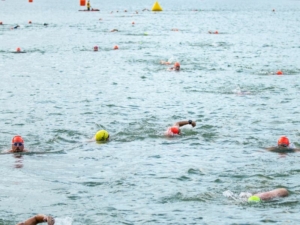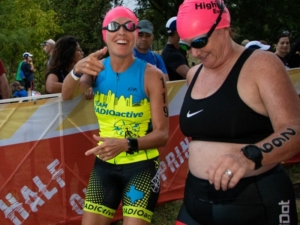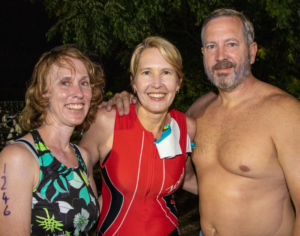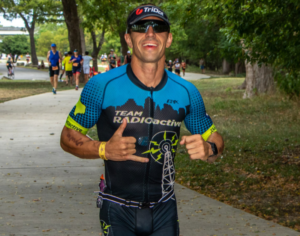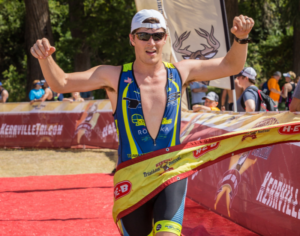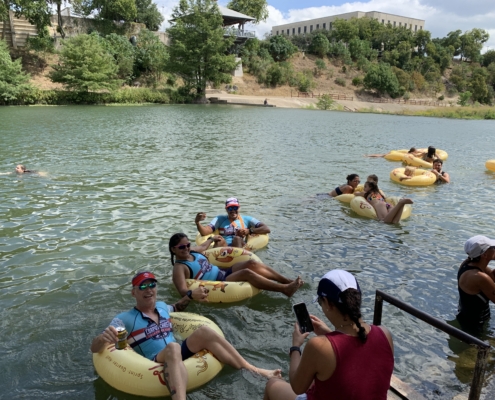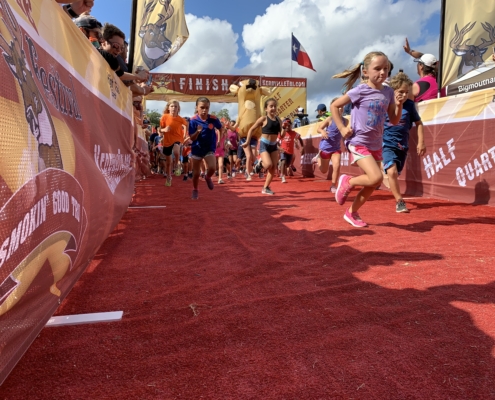Learn why every training plan should include brick workouts
Triathlon is an extensive physical competition that tests versatility in swimming, biking and running. Making brick workouts a part of your training can help you significantly improve your performance. A brick workout involves consecutive sessions of two triathlon activities, usually biking and running, in any order. This workout helps you develop the ability to complete one physical activity after another. It is an integral part of training for all training distances. Brick workouts help you prepare for swim-to-bike and bike-to-run transitions. Pro tip: test your nutrition and hydration plans during brick workouts and discover what works best for you.
Swim-to-bike
This is usually the first transition you make in a triathlon. When you pedal the bike after a period of swimming, the labor shifts from your arms to your legs, causing some discomfort. This discomfort is down to abruptly switching from a horizontal position while swimming to an upright position for cycling. So, for reducing the transition impact during the event, it is reasonable to do this brick.
If you are preparing for a Sprint or Super Sprint event, you can try a 200-300 m swim followed by cycling for 10- to 25-minutes. For Olympic distance, a swim session between 300 and 600 m with a 20-40 minute cycling period is ideal. Those prepping for Half Distance (70.3 mi) should aim to swim between 1000 m and 1500 m, along with 60 to 80 minutes of cycling. A brick session including 2000-2500 m of swimming and 145-210 minutes on the bike is suitable for Full Distance (140.6 mi) training. Make sure you have swim goggles that are just right for you.
Bike-to-run
It is probably the most common brick workout. It is also arguably the toughest because, after a period of biking, your legs feel heavy and are difficult to move. However, after getting a few brick sessions under your belt, your leg muscles shall start recovering well from the wear and tear of biking, letting you run easier.
For short distances like Super Sprint and Sprint, a 30- to 20-minute cycling session, followed by a 15-minute run is a good place to start. For Half and Full Distance triathlons, you can either cycle 60-80 mile & run for 20-30 minutes or cycle 30-60 mile & run for 45-90 minutes.
Run-to-bike
Although you are not likely to face a run-to-bike transition in a triathlon, this brick certainly helps you build endurance and stamina. This is especially useful for duathlons which include a run-to-bike transition followed by a final run.
A 10- to 20-minute run, in build-up to a 30- to 120-minute cycling session, is preferable for Olympic distance and less. In case you are training for anything beyond Olympic distance, a 20-minute run followed by cycling for 75 to 120 minutes is fairly competitive. Learn how you can refuel at gas stations for your longer bike rides.

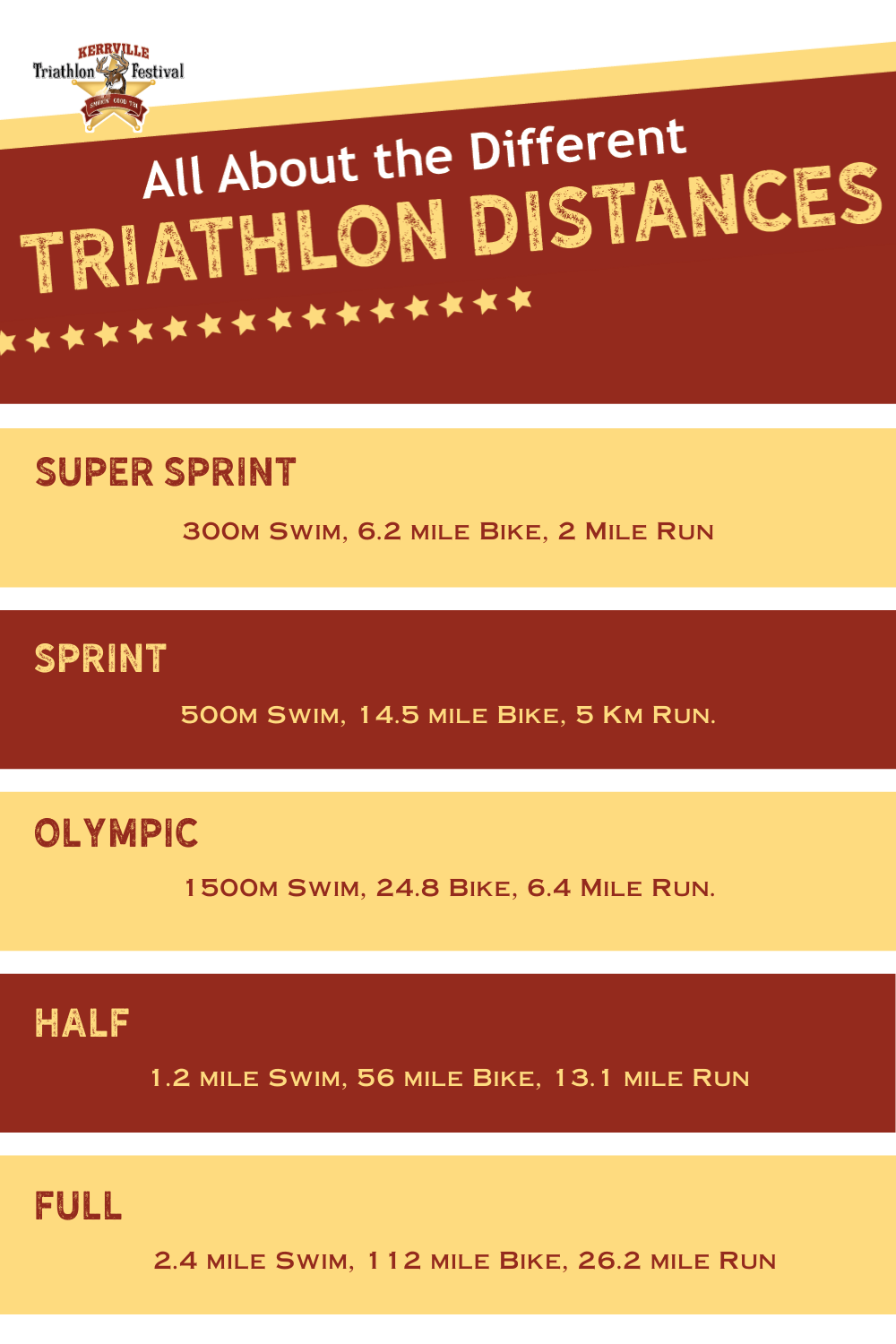
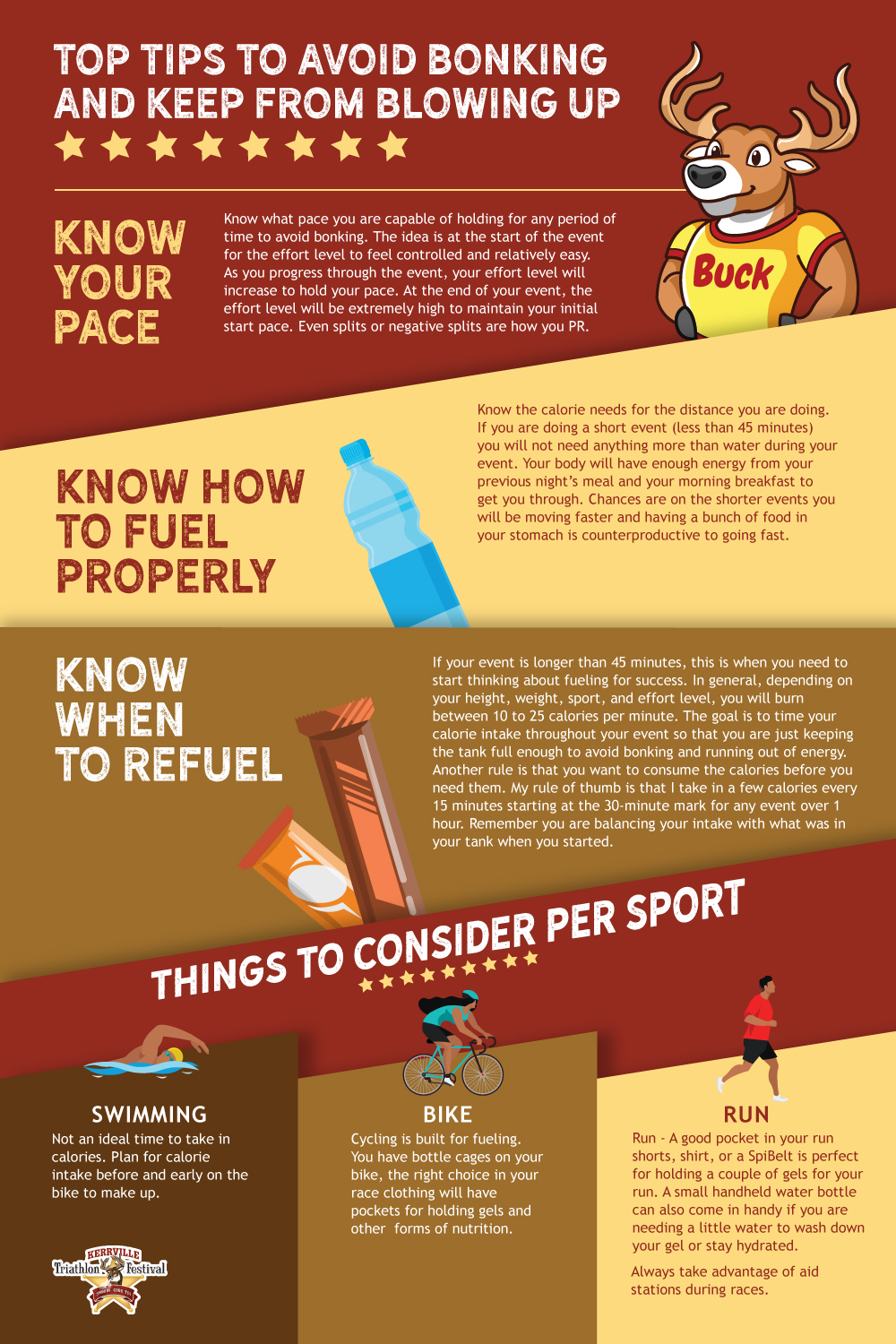
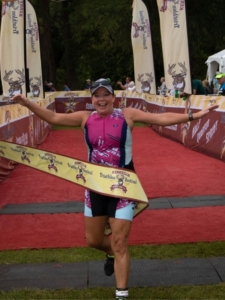 Cycling. Cycling is built for fueling. You have bottle cages on your bike, the right choice in your race clothing will have pockets for holding gels and other forms of nutrition. There are also tons of other equipment you can add to your bike to pretty much carry as much as you want. One key is to use the
Cycling. Cycling is built for fueling. You have bottle cages on your bike, the right choice in your race clothing will have pockets for holding gels and other forms of nutrition. There are also tons of other equipment you can add to your bike to pretty much carry as much as you want. One key is to use the 

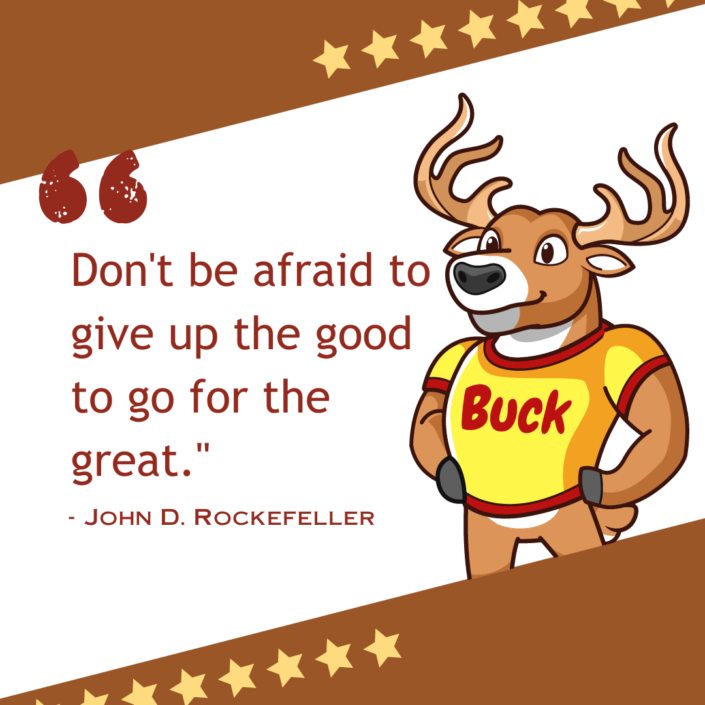
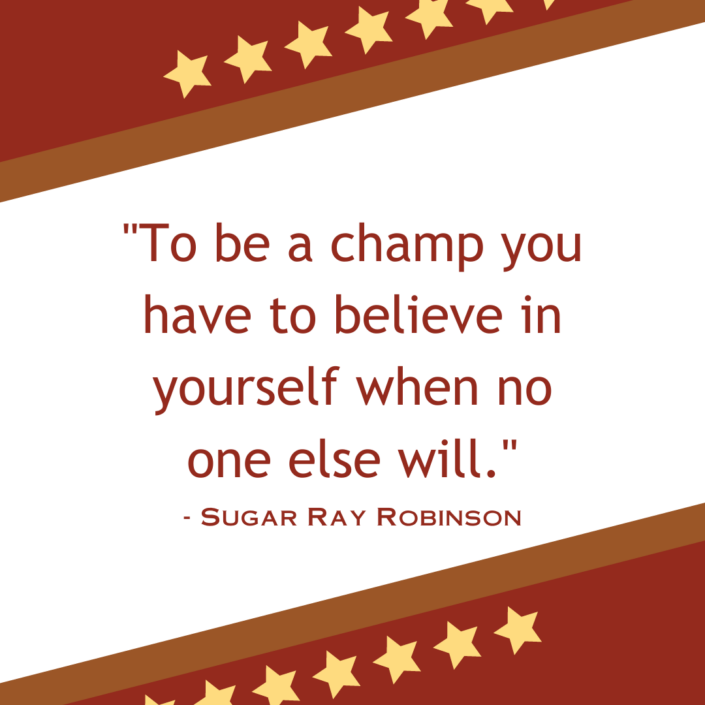
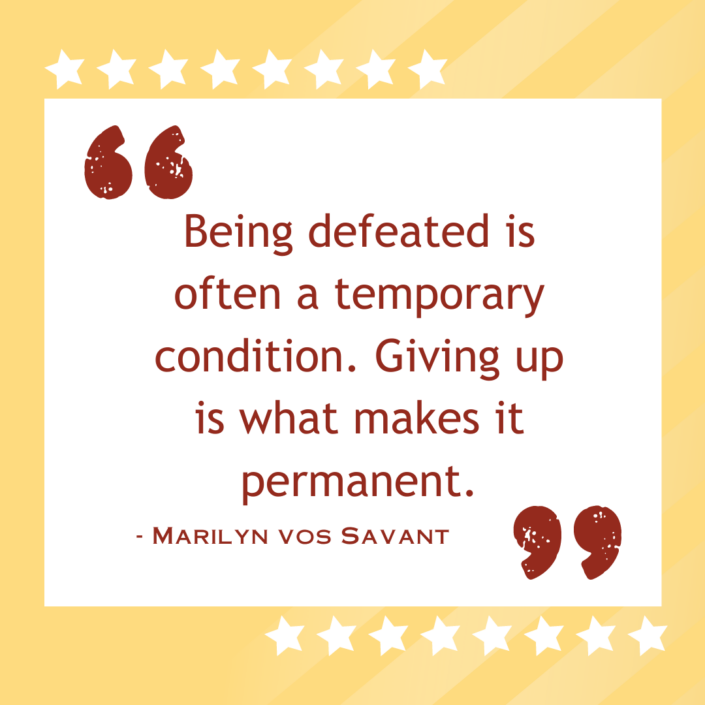

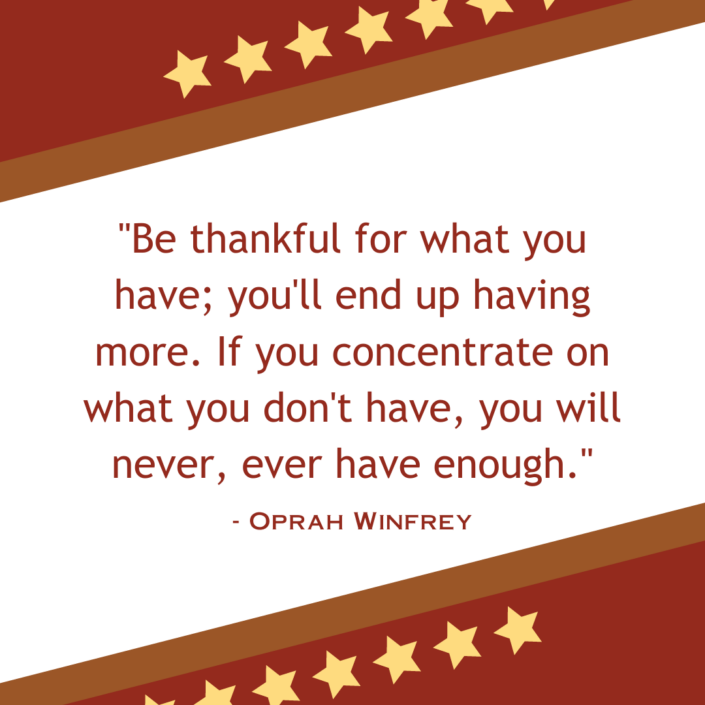


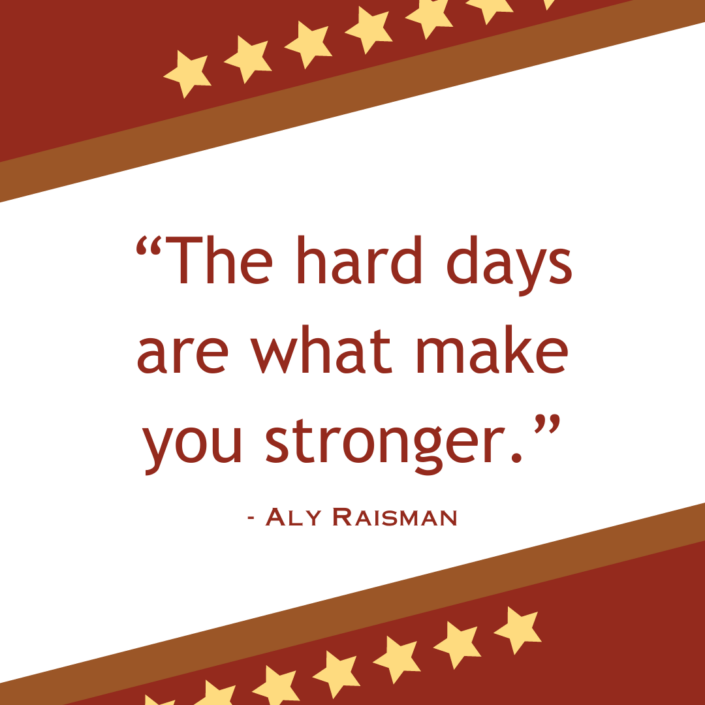








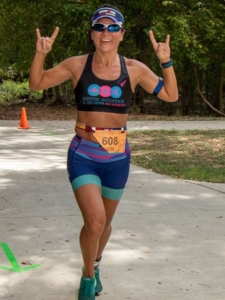
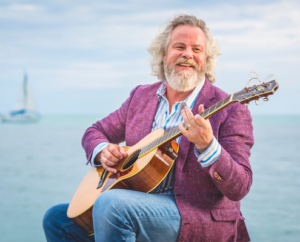

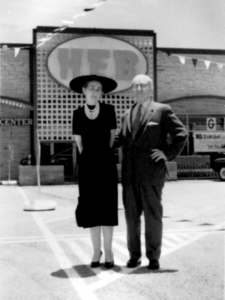 Howard Edward Butt Sr. was son to Florence Thornton Butt and pharmacist, Charles Butt, who relocated to Kerrville, Texas in 1905 for the drier climate to combat his father’s tuberculosis. Florence opened a small grocery store below their apartment as a place for locals to get their groceries. Once Howard was in high school, he took over the store as a manager. After a brief stint in the Navy, Howard returned home to run the store with his mother. Although his first attempts at expanding the family business failed, he achieved success when he opened a store in Del Rio, Texas. In 1935, he changed the name of the company to H.E. Butt Grocery which was eventually shortened to, you guessed it,
Howard Edward Butt Sr. was son to Florence Thornton Butt and pharmacist, Charles Butt, who relocated to Kerrville, Texas in 1905 for the drier climate to combat his father’s tuberculosis. Florence opened a small grocery store below their apartment as a place for locals to get their groceries. Once Howard was in high school, he took over the store as a manager. After a brief stint in the Navy, Howard returned home to run the store with his mother. Although his first attempts at expanding the family business failed, he achieved success when he opened a store in Del Rio, Texas. In 1935, he changed the name of the company to H.E. Butt Grocery which was eventually shortened to, you guessed it, 

